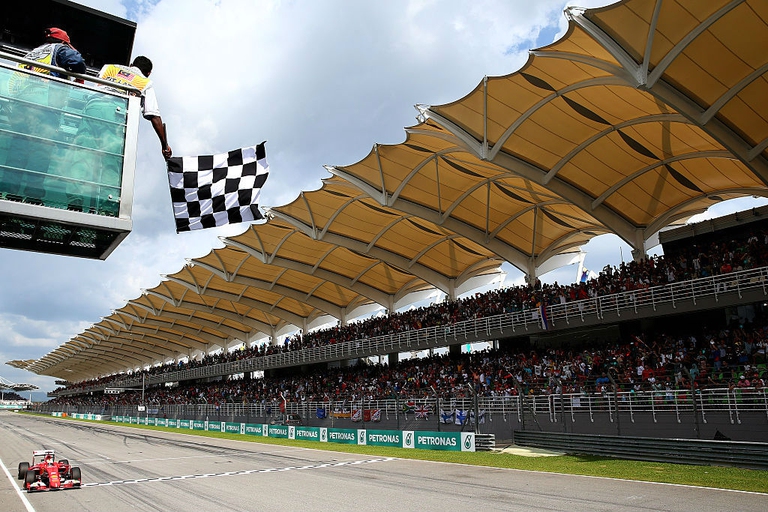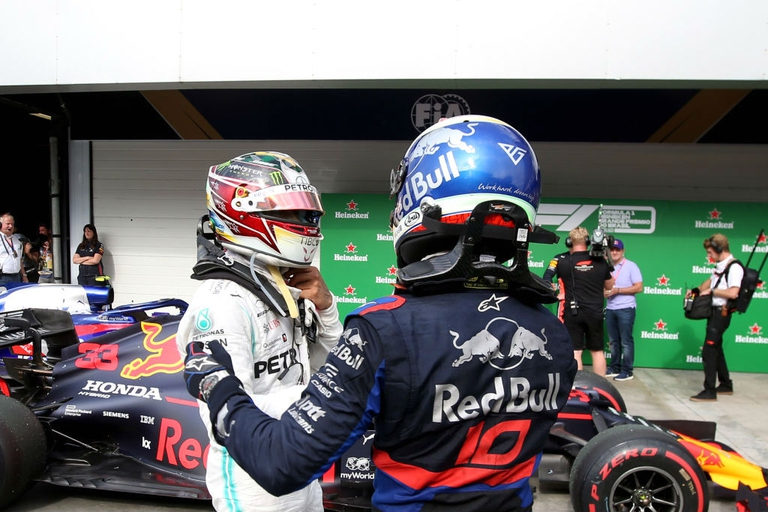
Milan has announced one of Europe’s most ambitious mobility schemes, known as Strade Aperte (open roads). Its goal is to reduce cars in phase 2 of the lockdown by increasing bike lanes and pedestrian areas.
Formula 1, the world’s most important auto racing championship, has decided to turn the page and aim for carbon neutrality with the support of its teams, drivers and the whole racing circus.
It’s time for a change in Formula 1. From being a sport with a considerable environmental footprint (remember the V12 engine?) characterised by its opulence, to one aiming to reach net zero carbon emissions. The announcement was made on 12 November by Chase Carey, president and CEO of the Formula One Group, which will strive to make all the its cars, activities and events achieve carbon neutrality by 2030. The plan was revealed after a twelve-months collaboration with the International Automobile Federation (FIA) and experts in the field of sustainability, as well as F1 teams and sponsors.
The motorsport has always been a lab for innovation. Throughout the years, the entire industry has benefited from new technologies coming out of Formula 1. Among these, aerodynamic inventions, safety developments, energy recovery systems and navigation tools. Formula 1’s composite materials have been adopted by many automobile companies as in other sectors too.
“Few people know that the current F1 hybrid power unit is the most efficient in the world, delivering more power using less fuel, and hence CO2, than any other car,” Carey highlights. “We believe F1 can continue to be a leader for the auto industry, and work with the energy and automotive sector to deliver the world’s first net zero carbon hybrid internal combustion engine that hugely reduces carbon emissions around the world”.
To reduce the emissions of the whole circus to zero, it won’t be enough to focus exclusively on the cars themselves. The paddock, logistics and transoceanic journeys are to be considered, without forgetting all the events taking place during race weekends. Formula 1’s official website states that sustainable materials will be used during these functions and that all disposable plastic will be removed, favouring the use of recycled materials instead. In addition, the circus will work on ways to provide incentives and means for fans to travel to races in the most ecological way possible.
The next step for the sport is to implement the use of second generation fuels, which don’t impact the food chain as they originate from food waste and biomass such as forestry or even household waste. “Finally, there are third generation biofuels, sometimes called e-fuels or synthetic fuels, and without going into too much chemistry, these are the more advanced fuels,” explains Pat Symonds, Formula 1’s Chief Technical Office. “They’re often called drop-in fuels because you can effectively just put them into any engine without modification,” he goes on to explain.
Even among drivers there’s a renewed attention towards climate change. F1 world champion Lewis Hamilton, for example, recently announced his switch to veganism, as well as his decision to sell his private jet and ban disposable plastic from his home and office.
“It’s not the easiest because, yes, we’re travelling around the world and we’re racing Formula One cars. Our carbon footprint for sure is higher than the average homeowner that lives in the same city,” Hamilton told Reuters. “But it doesn’t mean you should be afraid to speak out about things that can be for a positive change”.
Siamo anche su WhatsApp. Segui il canale ufficiale LifeGate per restare aggiornata, aggiornato sulle ultime notizie e sulle nostre attività.
![]()
Quest'opera è distribuita con Licenza Creative Commons Attribuzione - Non commerciale - Non opere derivate 4.0 Internazionale.
Milan has announced one of Europe’s most ambitious mobility schemes, known as Strade Aperte (open roads). Its goal is to reduce cars in phase 2 of the lockdown by increasing bike lanes and pedestrian areas.
Toyota and LifeGate began telling the story of hybrid mobility back in 2006, now, on the road to the Tokyo 2020 Olympics, they’re still treading the path of sustainable mobility. Here are the main steps of the journey.
Germany’s first solar bicycle lane could be the prototype for the roads of the future. The photovoltaic tiles melt snow and ice, and are capable of absorbing noise.
The Vespa is back in an electric version. Production has just started and the first models can be reserved online starting from October.
The city of Utrecht, in the Netherlands, is home to a bridge for cycling and walking that stretches over roof garden of a Montessori school. This project enhances practicality and will allow families to bring children to school by bike, passing through green areas. Despite their functionality, bridges are often seen as an infrastructure that is
The Lego hair bike helmet is the latest Internet craze. For now it’s just a prototype but production on a large scale will probably start soon.
Just as fires often give way to new growth, after the Dieselgate scandal, which saw Volkswagen cheating on US emission rules, the German car manufacturer radically changed course, beginning to focus on sustainable mobility. The German car company aims to propose thirty zero-emission models and produce at least one million battery electric vehicles by 2025. An ambitious mission
Sustainable, two-wheel mobility is triumphing in Copenhagen. After years of investments, policies, and infrastructural changes, bikes now outnumber cars in the city centre. The website Copenhagenize has released data linked to the number of vehicles entering the city centre, which are monitored by the city’s administration on a daily basis. Last year, 265,700 bikes have entered
A luminous cycling strip has recently been unveiled in Poland: created in the town of Lidzbark Warminski, the cycling lane glows blue at night, a feast for the eyes. Features of the bike path The lane is divided into two sections – one for cyclists, one for pedestrians – so that everybody can enjoy such









